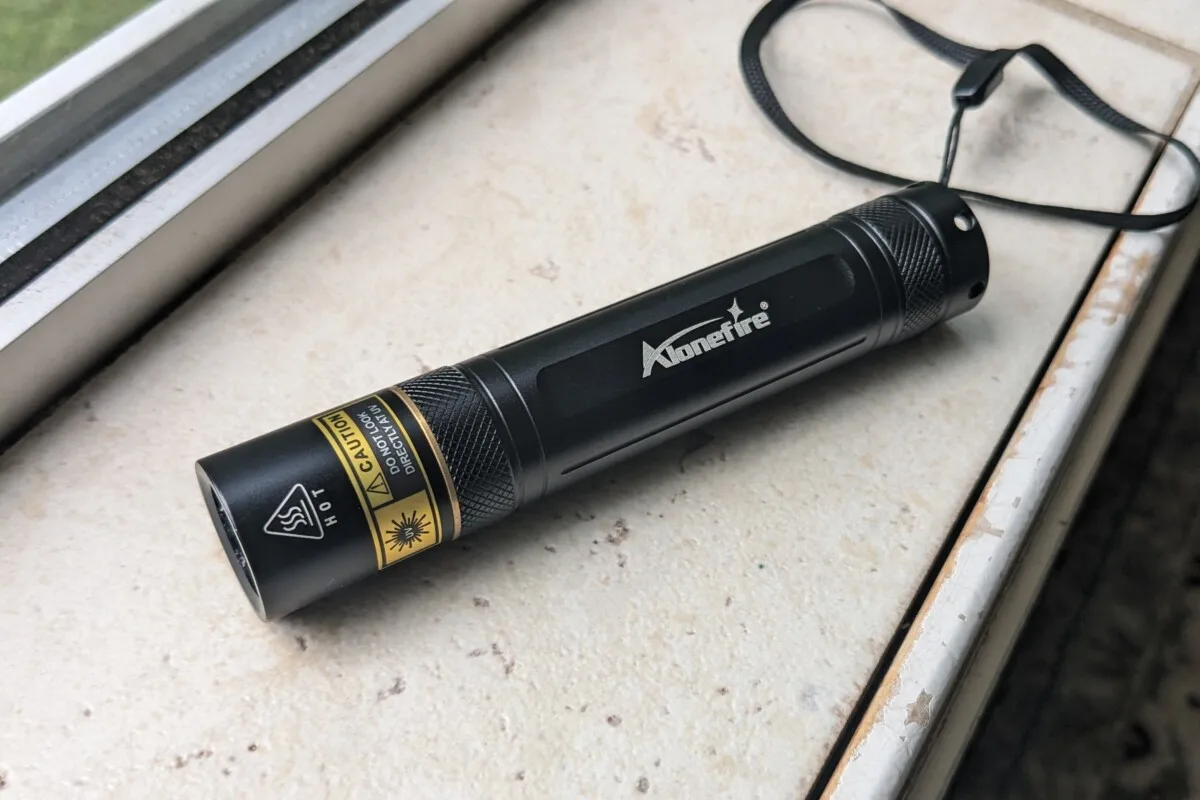
Hoo boy. I get asked this question all the time by Rural Sprout readers. One minute, your tomatoes are doing fine, and then, within a day or two, you have skeletal tomato plants. Seriously, that’s all the time this common tomato nemesis needs to shut down your tomato season completely.
And the worst part is you’re probably looking right at it and don’t even know it.
Or, you’ve found this pest’s, ahem, “grenades,” and you’re wondering what on earth is going on with your tomato.

In either case, what you’re dealing with is tomato hornworms.
These very hungry caterpillars make Eric Carle’s caterpillar look like it’s on a diet. Or, who knows, maybe the book was inspired by these same pests. All I know is they eat a lot, and they eat fast.
Tomato hornworms, also known as tobacco hornworms, are the larva stage of the five-spotted hawk moth, a truly beautiful moth, were it not for their penchant to eat your entire tomato plant.

After snacking on your tomatoes, they poop everywhere, leaving their charming explosive-shaped excrement all over your garden while you work maddeningly to find the caterpillars and get rid of them.

Unfortunately, by the time their excrement is large enough for you to notice, that also means you’ve got finger-sized caterpillars lurking among your tomato plants.

I used to spray my plants with Bt (Bacillus thuringiensis) when I had a tomato hornworm infestation, but the problem with Bt is that it works best when the caterpillars are smaller than 2”.
At that size, they’re darn near impossible to see, and they haven’t made their handiwork noticeable yet. So, in theory, you need to spray before you even know they are there.
Even though Bt is a naturally occurring bacteria, I’m still not chuffed about the idea of spraying my plants with stuff if I don’t need to. (Mainly because that’s more work for me in an already busy time of year.)
But I don’t worry about tomato hornworms anymore.
I have found the easiest way to deal with them, and it’s so effective that I can find them and eradicate them (that means feed them to the chickens) before they’re even half an inch long. Want to know my secret?
Hands Down the BEST Way to Deal with Tomato Hornworms
You’re going to laugh when I tell you the solution. Or you’ll think it’s gimmicky (I did when I first heard of it), but you have to hear me out.
Get yourself a cheap UV flashlight on Amazon.

Yup.
That’s all you need.
Head out to your garden in the dark with your trusty UV flashlight and turn it on. You’ll notice that the tomato leaves look red in this light. And if you have any pesky tomato hornworms, you’ll notice that they fluoresce bright green under UV light.

Bring a jar of soapy water with you and pluck them off your plants and into the soapy water. (Don’t worry, that big stinger-looking thing on the end is just for show. It’s 100% harmless. They can’t sting or bite you.) You can wear gloves if they give you the heebie-jeebies.
Don’t forget to check under the leaves, being careful not to shine the light in your eyes.
Important: UV light is extremely dangerous to your eyes. Under no circumstances should you shine a UV flashlight in someone’s face. You can do permanent damage to the eyes.
I usually start checking my tomatoes in July, as that’s when these larvae start to show up in my area. You’ll want to check with your local ag extension office to find out when they’re active near you. I do a routine evening check once a week throughout the rest of the growing season, and that’s frequent enough to find them before they can do any real damage.

There are a couple of other garden pests that glow in the dark, too. You can read more about using a UV flashlight to patrol your garden for pests here and more about tomato hornworms in general here.
The Downside
There is one downside to this method for dealing with tomato hornworms. The chickens are rather upset with me. They used to enjoy fat, juicy caterpillars as big as my thumb. Now, all they get are a couple of teensy hornworms so small they have to scratch in the dirt to find them.

Get the famous Rural Sprout newsletter delivered to your inbox.
Including Sunday musings from our editor, Tracey, as well as “What’s Up Wednesday” our roundup of what’s in season and new article updates and alerts.


